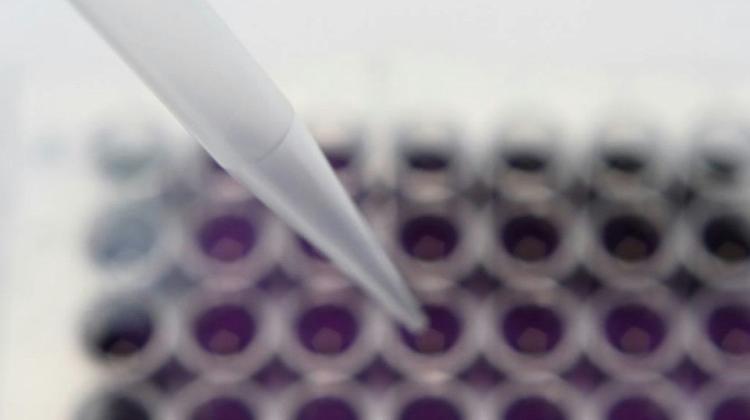Olsztyn scientists have built a device to test breathing

Incorrect breathing is the cause of many diseases, including hypertension. Olsztyn scientists have built an analyser of nose and mouth air flow, which shows how the person breathes.
Prof. Andrzej Kukwa from the University Hospital in Olsztyn for many years has been studying how Poles breathe, determining the causes respiratory disorders and treating these causes (sometimes surgically). "There are no oxygen pills, correct breathing is critical for our health" - said Prof. Kukwa, who admitted an interview with PAP that many patients underestimate these issues.
"Explaining to someone that he or she has high blood pressure because of incorrect breathing is a real ordeal. People do not believe that they breathe incorrectly, they can\'t believe that can something so obvious as breathing can be performed incorrectly. Our analyser proves that beyond any doubt" - said Prof. Kukwa.
In addition to "persuading doubters", doctors needed the analyser for other purposes; this device shows how much air the patient inhales, through which nostril (depending on the position of the head, for example during sleep, both nostrils might not receive the volume of air), how much air the patient exhales and how. Analysis of breathing may be an indication of various disorders, for example exhalation longer than the inhalation suggests bronchial illness.
Breathing disorders can cause a number of diseases seemingly not associated with breathing, including hypertension and heart rhythm disturbances. "When we supply the body with less oxygen, the number of red blood cells increases, blood gets thicker and the heart has to do more work to pump it" - said Prof. Kukwa.
Hypoxia also prevents the body from burning fat, so the people who can not lose weight despite diet and exercise, should analyse their breathing.
The analyser developed in Olsztyn Faculty of Medical Science is also useful in determining the efficiency of the organism of athletes.
"We also want to focus on pregnant women, because this group of ladies should pay particular attention to proper breathing" - said the scientist.
In addition to Prof. Kukwa, the authors of the nose and mouth air flow analyser are Szymon Nitkiewicz from the Faculty of Technical Sciences of the University of Warmia and Mazury in Olsztyn and Robert Barański from AGH University of Science and Technology in Kraków. The analyser is a mask (printed on a 3D printer) worn on the nose, which has thermoanemometer sensors in both nostrils. Researchers also mounted the sensors in the second part of the mask that covers the mouth.
"Such sensors are widely used in mining industry, we have used them for medical purposes and developed software that analyses the information from these sensors" - explained Nitkiewicz.
Olsztyn scientists have already filled patent application for the analyser.
To verify the analyser\'s performance, Prof. Kukwa\'s team invited a group of 200 Olsztyn university students to a study. "By studying how the students breathe, I can tell with a high degree of probability which illnesses they will suffer from in a few years if they fail to improve their breathing" - said Prof. Kukwa.
"The most important thing in correct breathing is to always inhale through the nose. Every 20 minutes one should take 20 deep breaths to the oxygenate. We must also remember to exhale for phonation, and when one exhalation is not enough to finish speaking, we should take a break to catch a breath and continue on the exhale" - said Prof. Kukwa.
According to Prof. Kukwa, it is unclear how many Poles are affected abnormal breathing (this includes snoring). "This is a problem embarrassing, patient do not seek medical assistance themselves, they usually come to us when nudged by a spouse, for whom snoring becomes a problem. I assume, however, that after the age of 50, snoring affects more than half of the population" - he said.
According to specialists, patients with respiratory problems have reduced quality of life, they are tired and sleepy. Out of the 8-hour stay in bed, fully resting sleep time in these patients is only three hours, the remaining time are short, alternating sleep and wake phases.
PAP - Science and Scholarship in Poland, Joanna Wojciechowska
jwo/ akw/ jjj/ mrt/
tr. RL
Przed dodaniem komentarza prosimy o zapoznanie z Regulaminem forum serwisu Nauka w Polsce.















